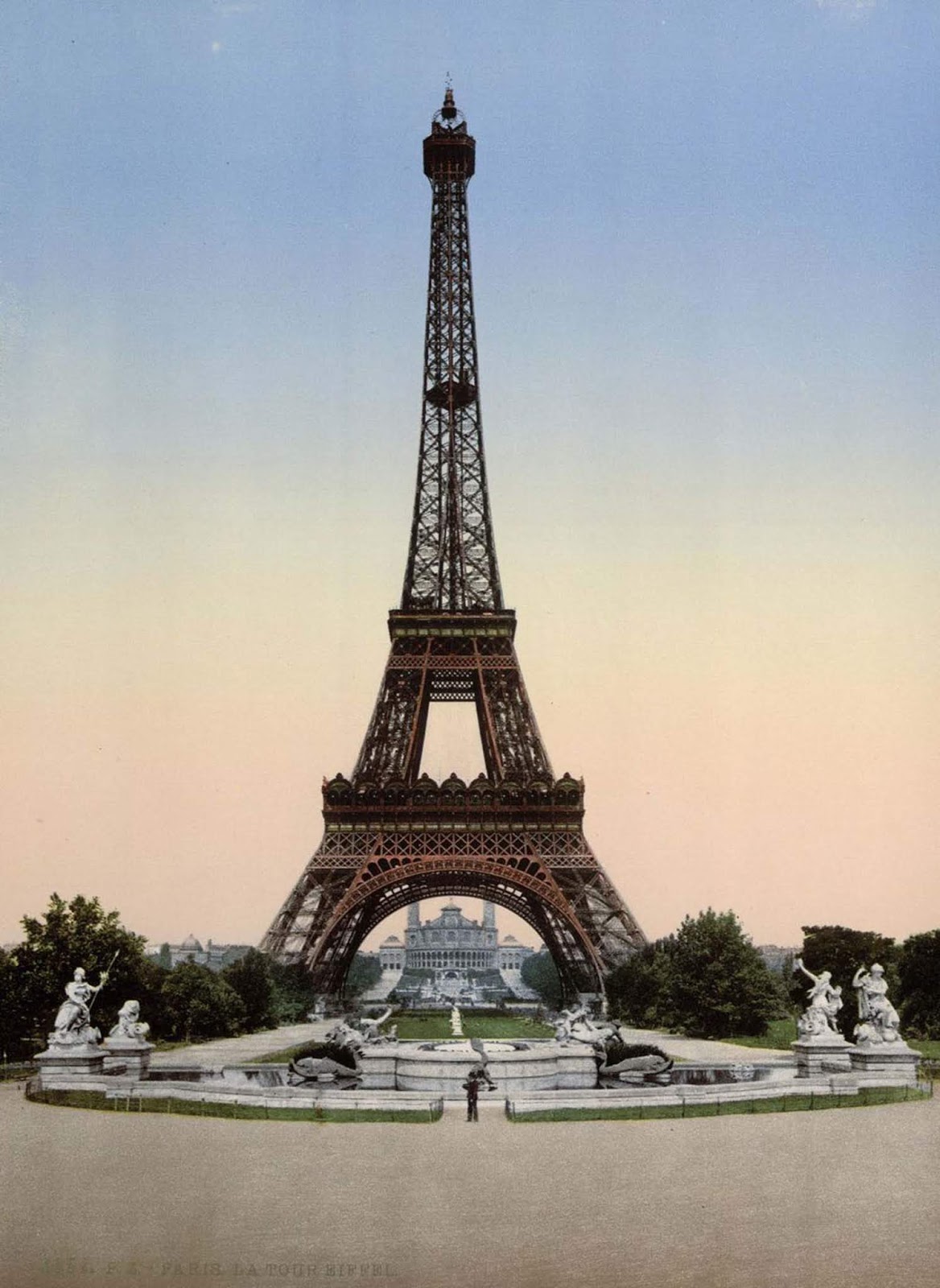Spectacular photochrom postcards capture France in vibrant color, 1890-1900

These stunning postcards from late 19th-century France offer a rare glimpse of French cities in vibrant colors. They were created using the photochrome process, a technique by which black-and-white photographs were infused with vibrant and vivid color.
The photochrome process was invented in the 1880s by Hans Jakob Schmid, an employee of the Swiss company Orel Gesner Fusli – a printing firm whose history begins in the 16th century. Füssli established the stock company Photochrom Zürich as a commercial vehicle for commercial exploitation of the process.
From the mid-1890s the process was licensed by other companies, including the Detroit Photographic Company in the US (making it the basis for their "Fostin" process), and the Photochrome Company of London. The photochrome process was most popular in the 1890s, when true color photography was first developed, but was still commercially impractical.
In 1898 the US Congress passed the Private Mailing Cards Act which allowed private publishers to make postcards. These could be mailed at one cent each, while the letter rate was two cents.
Publishers in America (and later throughout the world) made thousands of photochrome prints, usually of cities or landscapes, and sold them as postcards. In this format, photochrome reproductions became popular.
The photochrome process began with coating a tablet of lithographic limestone with a light-sensitive emulsion and exposing it to sunlight under negative photos for several hours. The emulsion will then harden in proportion to the tone of the negative, resulting in a definite lithographic image on the tablet.
Litho stones will then be drawn for each color used in the final postcard - a single image may require as many as a dozen different stones.
Although a time-consuming and delicate endeavor, the photochrome process results in a rare degree of accuracy in color images, especially at a time when true color photography was still in its infancy.










No comments: